Tips for clearing your snow more safely

A fierce winter storm just dumped a good 10 inches of snow in your driveway overnight. So do you save your back and fire up the snowblower instead of grabbing your shovel?
Advertisement
Cleveland Clinic is a non-profit academic medical center. Advertising on our site helps support our mission. We do not endorse non-Cleveland Clinic products or services. Policy
You might think it’s definitely the safer option, but orthopaedic surgeon David Shapiro, MD, says snowblowers cause more than 5,000 serious injuries every year.
Many people don’t realize that turning off the motor on a snowblower to unclog snow doesn’t mean that it’s safe to put a hand inside.
Either there will be some stored energy in the impeller, which is the second blade that throws the snow. Or on some of the very old ones, there will still be compression in the engine — even after the motor is turned off. When you suddenly unblock that clog of snow, it just shoots out like a missile and it’s essentially like a blast injury to the fingers.
Most snowblower injuries, Dr. Shapiro says, occur on the hands and can range from cuts and lacerations to full-blown amputations.
Heavier, wetter snow is more likely to cause injury, he adds, because it’s the type that often causes a blockage in the machine.
Does What Kind of Snow Shovel You Use Affect How Badly Your Back Hurts After?
Regulations have made recent models safer by including mechanisms that require you to have your hand on the control at all times to make the machine operational.
And new snowblowers are also now required to come with a stick on the front that’s specifically for clearing clogged snow.
Still, Dr. Shapiro says people do find ways around this, which can set them up for a very bad accident.
While almost all snowblower-related injuries are preventable, Dr. Shapiro notes that accidents are always possible. So it’s important to get help immediately if an accident occurs.
Advertisement
“If you do get an injury, the first thing to do is carefully assess it,” he says. “Take the gloves off. Bandage the fingers as best you can. And depending on the magnitude of the injury, head to the emergency room.”
Most times, injuries happen when people let their guard down. So even if a person has been using a snowblower for years, Dr. Shapiro says it’s important to follow the rules every single time to avoid a devastating injury.
“It’s very important to follow the rules — they’re there for a reason and they do make a difference,” he says. “It’s not typically the novice snowblower user who gets injured. It’s the person who’s been using it for five or 10 years, has considerable experience with it and may think that they can get away with something that they didn’t think they could get away with when they first got the machine.”
Advertisement
Learn more about our editorial process.
Advertisement
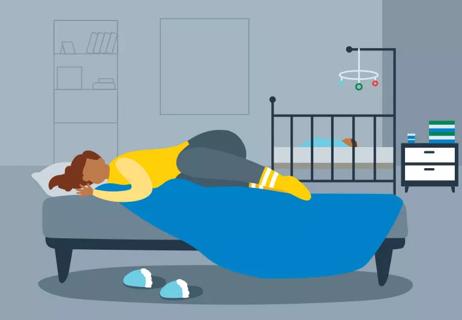
Experts recommend having infants sleep in your bedroom but not in your bed
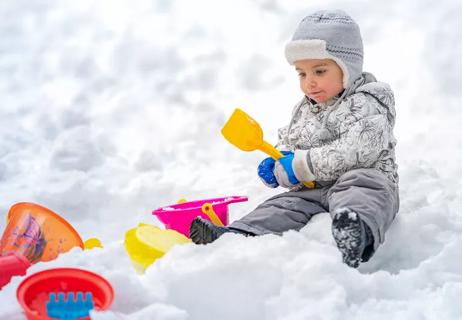
Have a snow — ball and help them strengthen their developmental skills
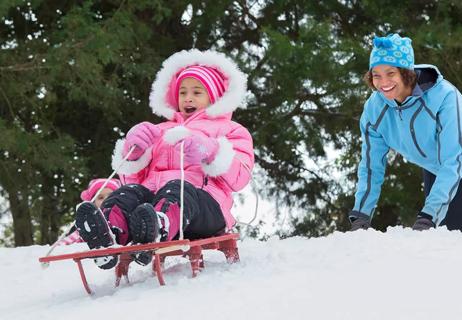
An ER doc shares tips for being careful while having fun
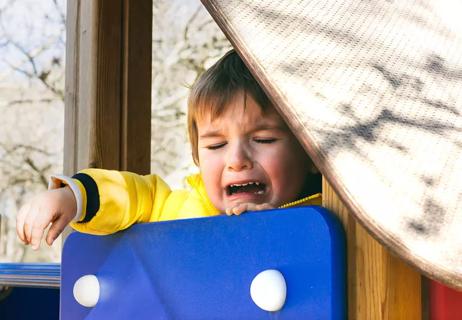
From split lips to splinters, a little first-aid can get your kiddo back on the swing set in no time

Candles release hydrocarbons into the air, but don’t pose a significant health risk
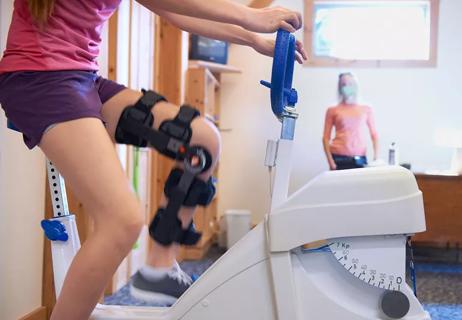
Common questions you should ask to find a rehabilitation solution that’s right for you

Tips for a fun, safe holiday for adults and children

Most recommended precautions center around minimizing bruising or swelling

Type 2 diabetes isn’t inevitable with these dietary changes

Applying a hot or cold compress can help with pain